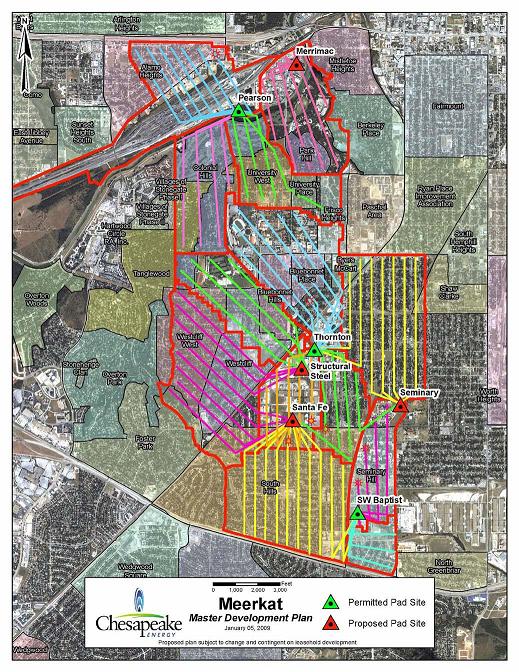President Obama, in an attempt to recoup some of the money being spent to revive the economy, proposes to repeal several tax provisions near and dear to the oil and gas industry:
- Enhanced oil recovery credit
- Marginal well tax credit
- Expensing of intangible drilling costs
- Deduction for tertiary injectants
- Passive loss exception for working interest owners in oil and gas properties
- Manufacturing tax deduction for oil and gas companies
- Percentage depletion deduction for oil and gas
- Not surprisingly, the oil and gas industry is mounting a huge lobbying campaign to prevent loss of these tax benefits.
The only one of these tax benefits that directly affects royalty owners is the percentage depletion deduction. Currently, 15% of royalty income is deductible as “percentage depletion.” The deduction is intended to recognize that the sale of oil and gas is in part the sale of a depleting asset, so that a portion of the royalty should be treated like a return of capital rather than as income.




